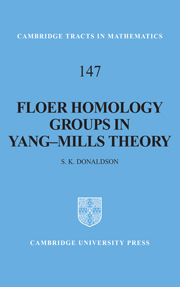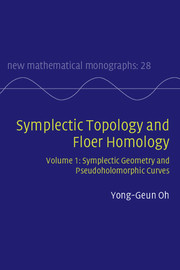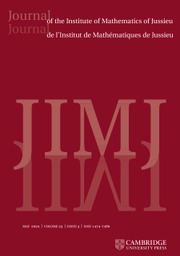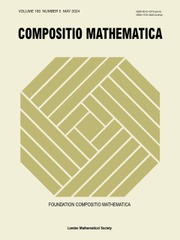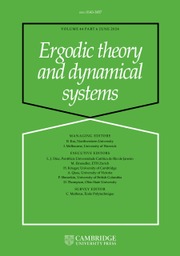Floer Homology Groups in Yang-Mills Theory
This monograph gives a thorough exposition of Floer's seminal work during the 1980s from a contemporary viewpoint. The material contained here was developed with specific applications in mind. However, it has now become clear that the techniques used are important for many current areas of research. An important example would be symplectic theory and gluing problems for self-dual metrics and other metrics with special holonomy. The author writes with the big picture constantly in mind. As well as a review of the current state of knowledge, there are sections on the likely direction of future research. Included in this are connections between Floer groups and the celebrated Seiberg-Witten invariants. The results described in this volume form part of the area known as Donaldson theory. The significance of this work is such that the author was awarded the prestigious Fields Medal for his contribution.
- Written by a Fields Medallist
- A modern account that sets the theory in the context of current work
- Has many applications, such as Quantum Field Theory
Reviews & endorsements
"This book gives a thorough and extensive treatment...this text is a wonderfully written exposition of Floer homology which no mathematics library should be without." Mathematical Reviews
Product details
January 2005Adobe eBook Reader
9780511029240
0 pages
0kg
This ISBN is for an eBook version which is distributed on our behalf by a third party.
Table of Contents
- 1. Introduction
- 2. Basic material
- 3. Linear analysis
- 4. Gauge theory and tubular ends
- 5. The Floer homology groups
- 6. Floer homology and 4-manifold invariants
- 7. Reducible connections and cup products
- 8. Further directions.

